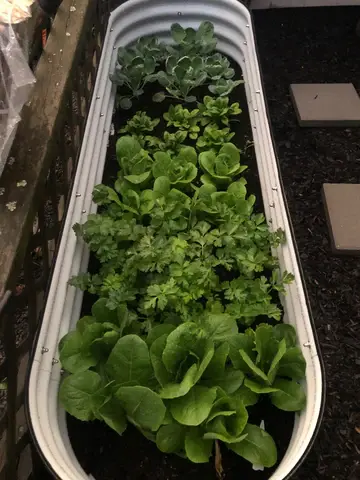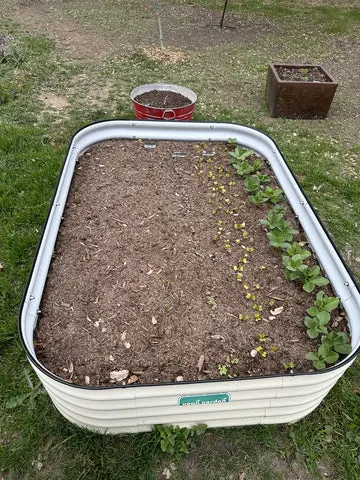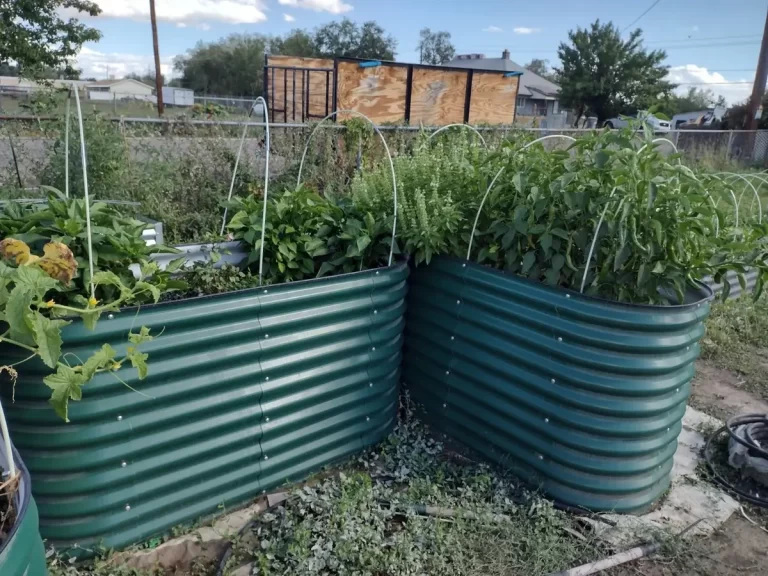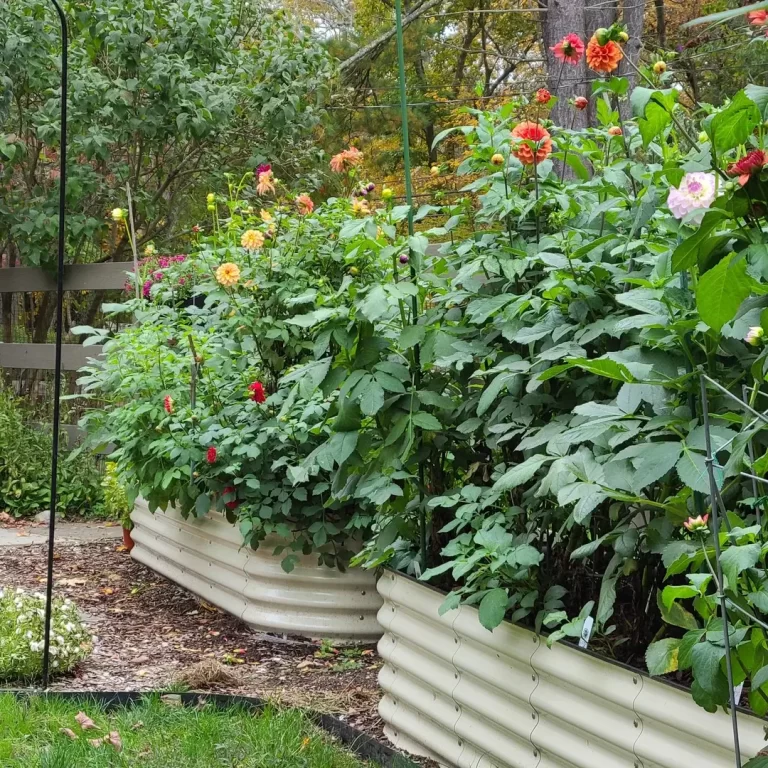Need help?

Growing flowers, fruit and vegetables is a pastime for all, but for those who cannot devote or tend to a traditional garden, raised planters can be a solution. These beds allow growers to enjoy gardening even when the only space available is on a patio or balcony. For those considering raised bed gardening, there may be several questions. Here are answers to some of the most frequently asked questions about raised garden beds.

Q: Which type of raised garden bed is best for growing flowers?
Soil that provides at least 9 inches of soil depth for full flower root development is best, and getting well-drained soil is important.
Q: What do I put in the bottom of the raised garden bed?
Placing the potting soil at least 8 inches deep will prevent weeds in the ground from competing with the ideal plant, so nothing is needed. However, shallower raised beds will benefit from a layer of cardboard or old newspaper, which will act as a biodegradable weed barrier.
Soil that provides at least 9 inches of soil depth for full flower root development is best, and getting well-drained soil is important.
Q: What do I put in the bottom of the raised garden bed?
Placing the potting soil at least 8 inches deep will prevent weeds in the ground from competing with the ideal plant, so nothing is needed. However, shallower raised beds will benefit from a layer of cardboard or old newspaper, which will act as a biodegradable weed barrier.

Q: How deep should a raised garden bed be?
Raised gardens should be deep enough for the roots of the plants to grow freely. For compact herbs and flowers, maybe as little as 6 to 8 inches, while vegetables like eggplant and kale grow better in 12 to 18 inches or deeper in soil.
Raised gardens should be deep enough for the roots of the plants to grow freely. For compact herbs and flowers, maybe as little as 6 to 8 inches, while vegetables like eggplant and kale grow better in 12 to 18 inches or deeper in soil.


